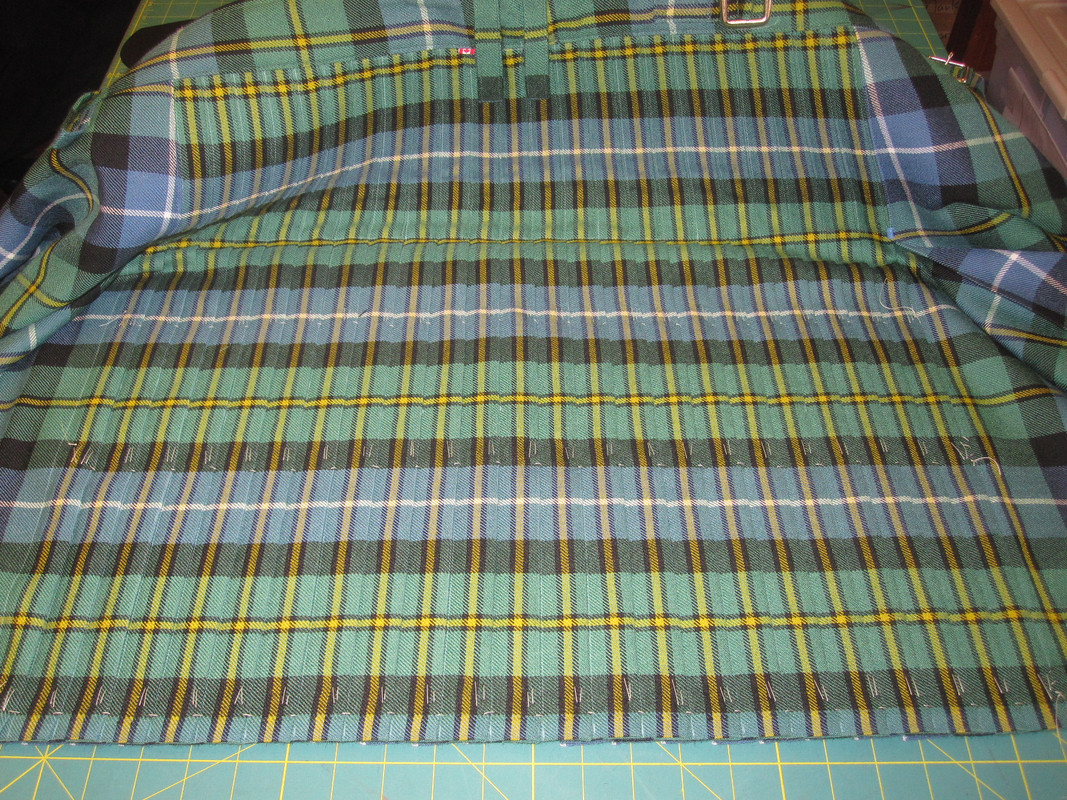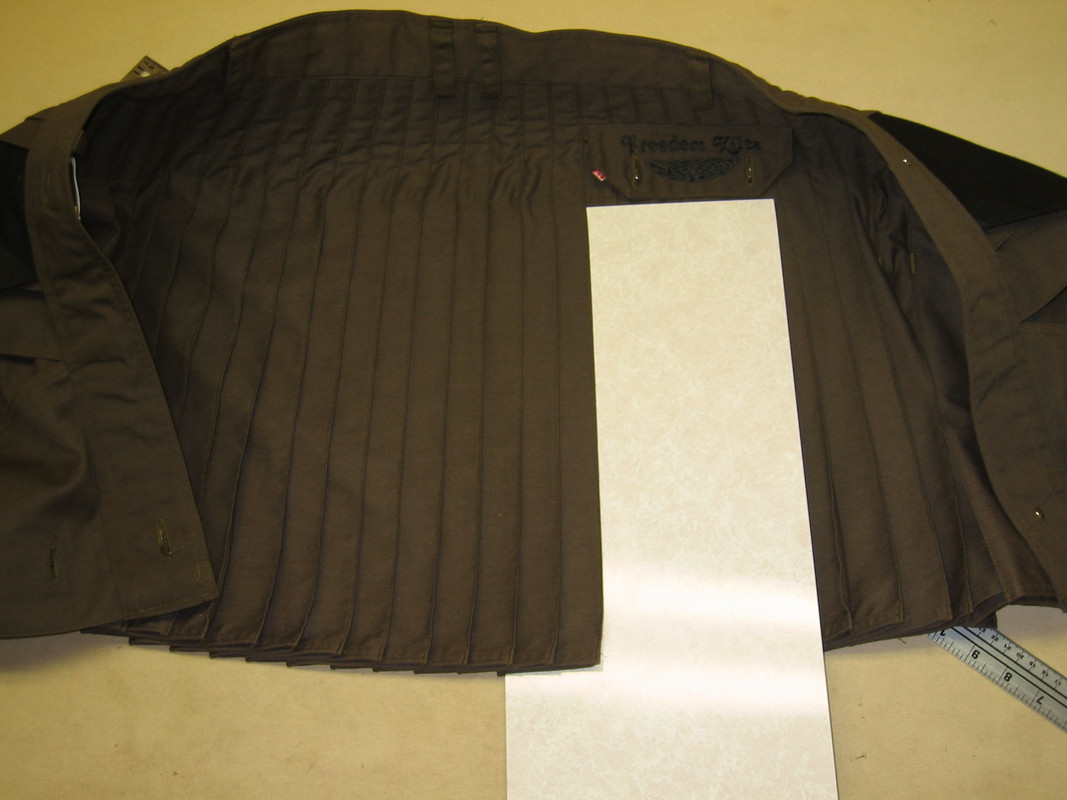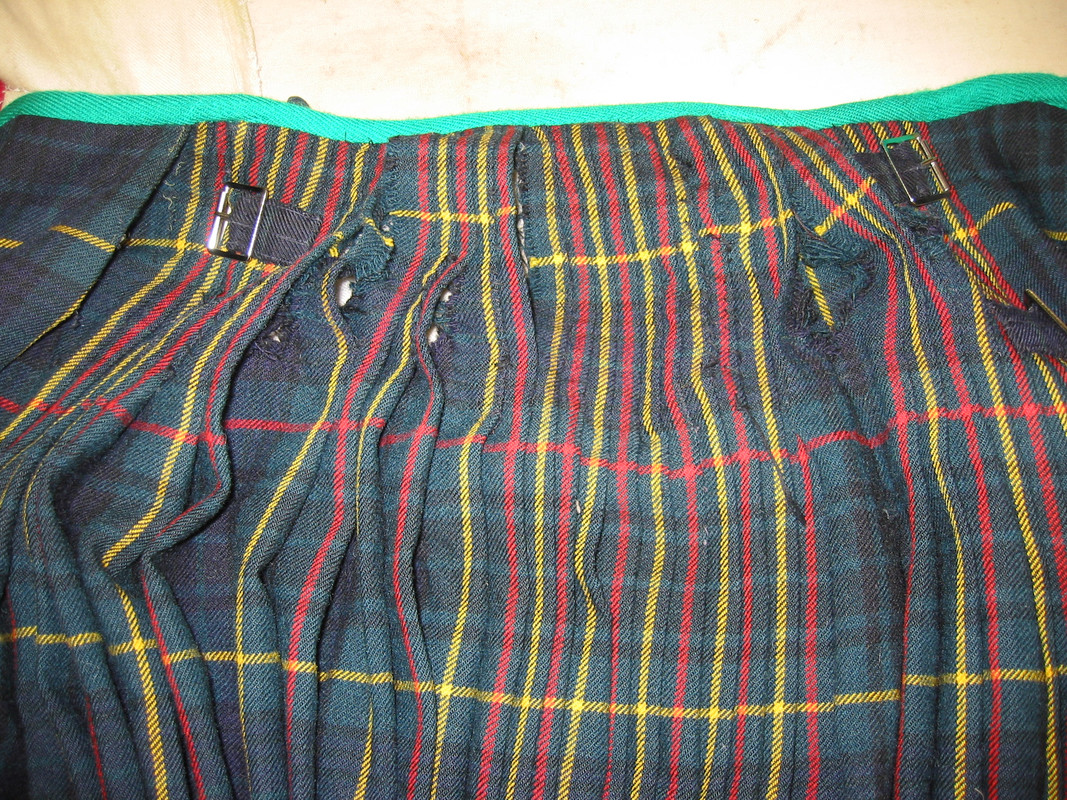So. I have a bit of a situation. I have my Great Aunt's childhood kilt. She wore it when she was learning to be a dancer in Forfar. She gave it to my Great Grandfather when she came to visit him following his emigration to the United States. I took it out of storage last night as I was tasked with teaching a group of people about Scotland (I brought in my Father's Bodhran, and Targe as well.) While I was showing every the kilt and it's matching vest I noticed that although the overall condition of the kilt is remarkably good considering it's age, storing it in a vacuum seal bag (currently my ONLY way to safely store it) has left the pleats in absolutely dismal shape. The kilt itself is also pretty badly wrinkled.
I saw on another thread that there is a way to iron a kilt. However I fear that this technique will damage my kilt because of it's age. So I was wondering if there is a more gentle way to restore the pleats and at least minimize the wrinkles? I was thinking of hanging it for a short period of time, from a hanger I use for pants. In the hopes that gravity will help smooth out the wrinkles. However I'm not sure if this will work, and I'm afraid that my closet will be too humid because it along an exterior wall and lacks insulation (thank you hundred year old house). I'm also afraid that the hanger's clamps will grip the kilt too hard and damage the waist.
... Please help...























Bookmarks